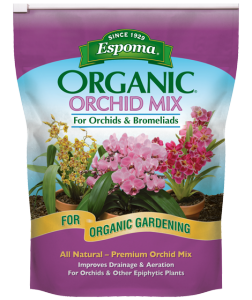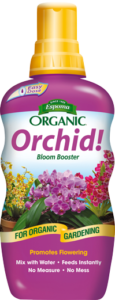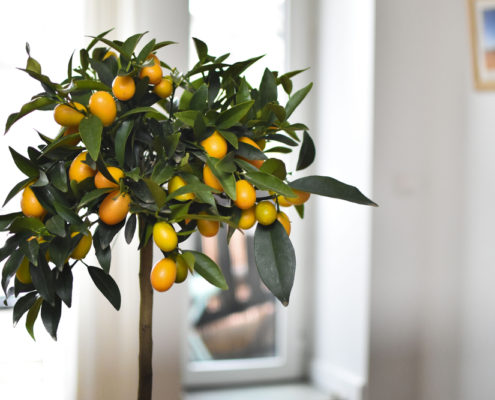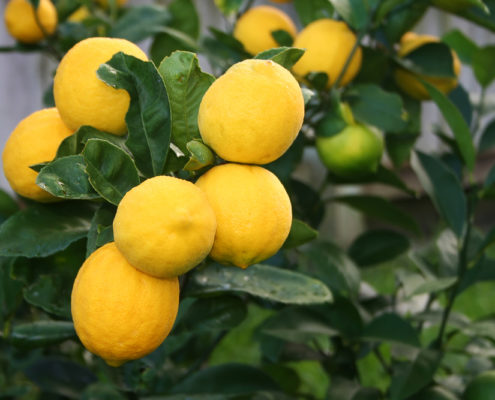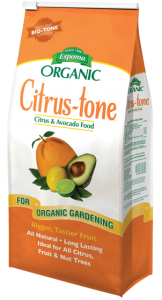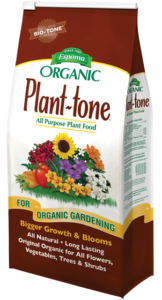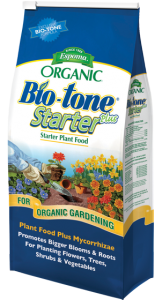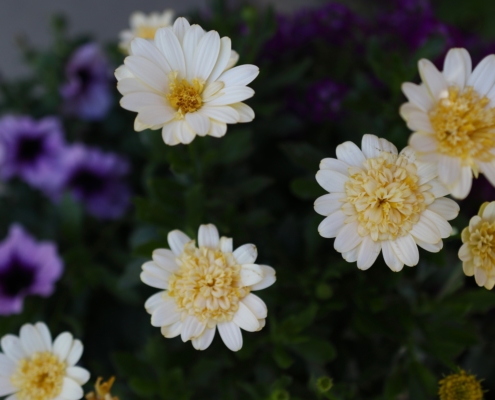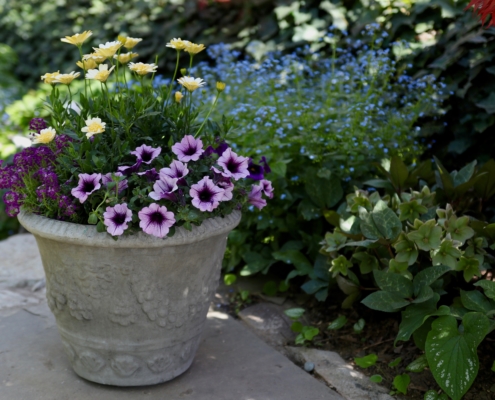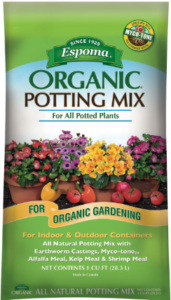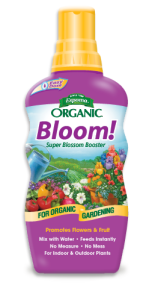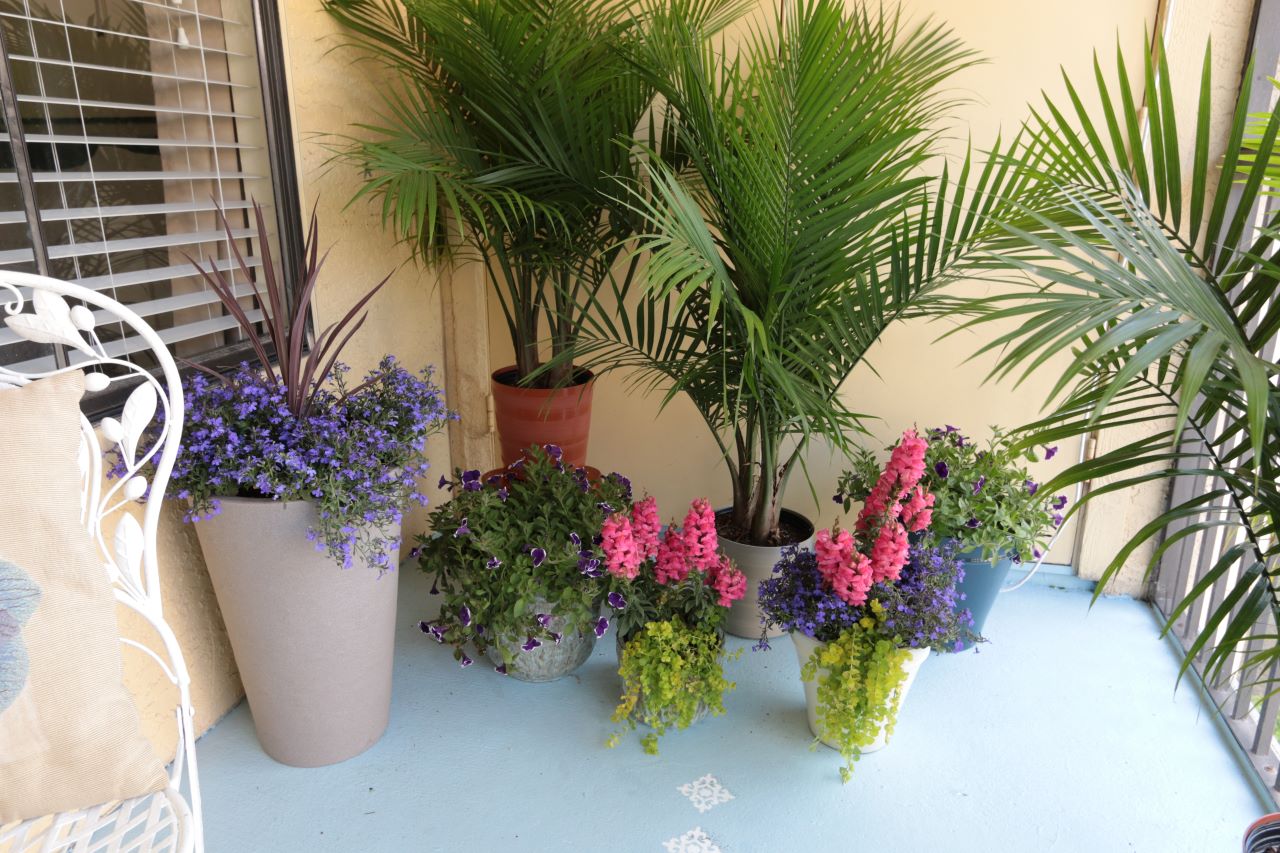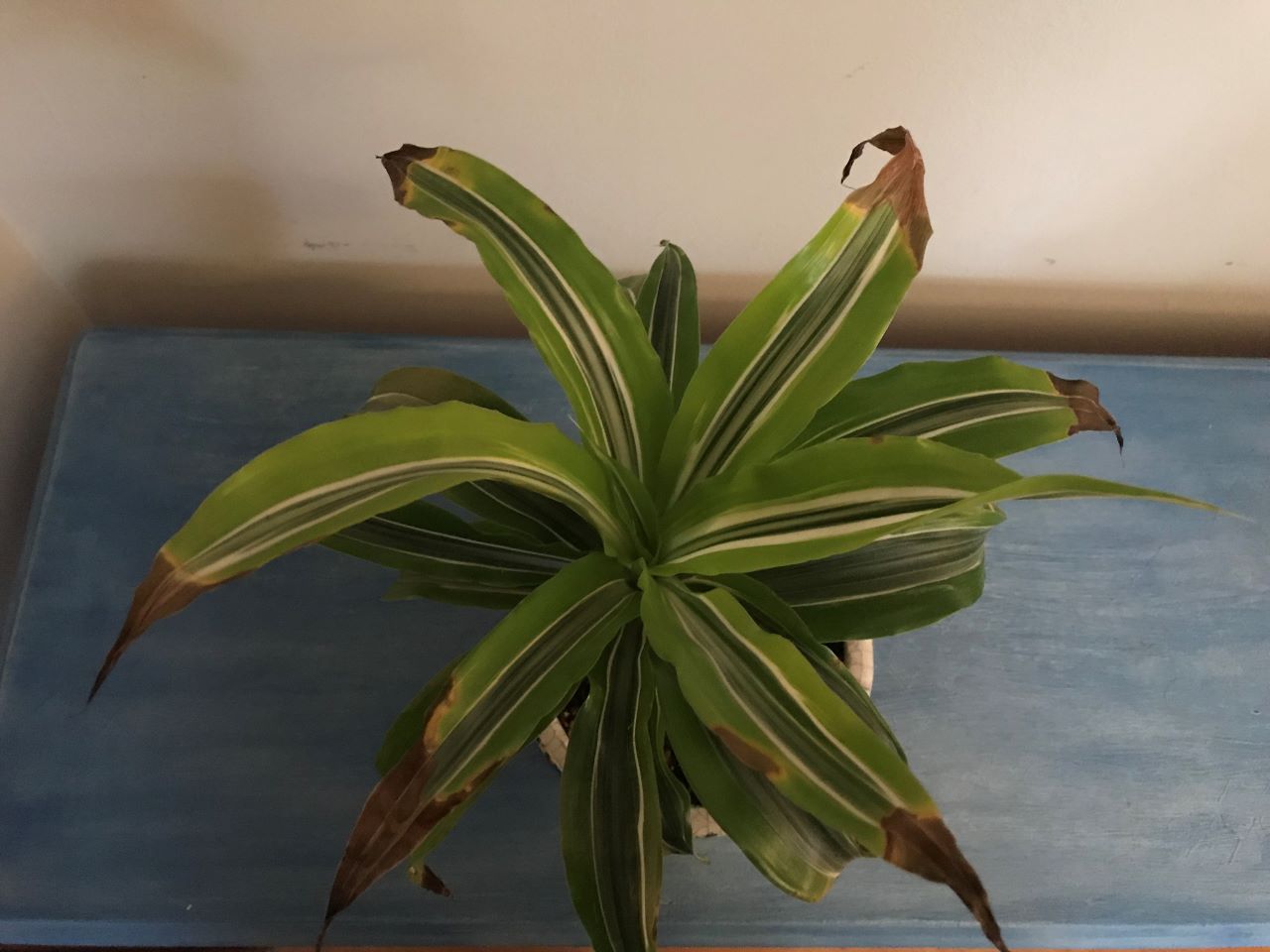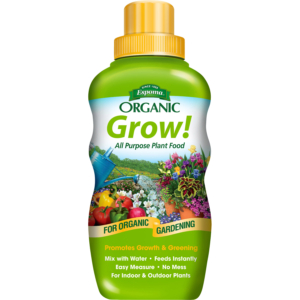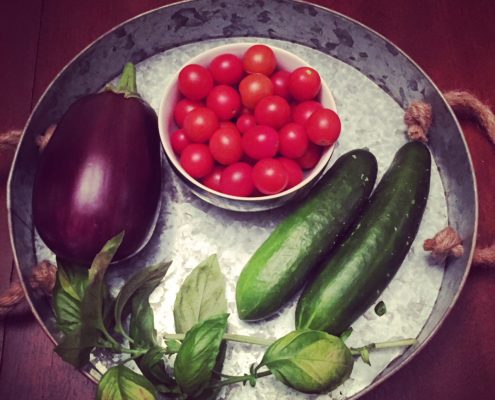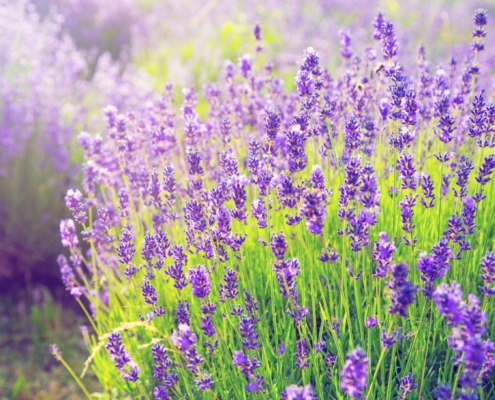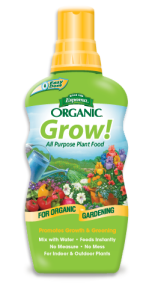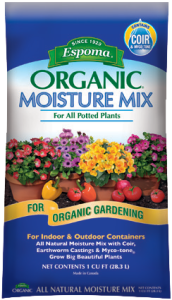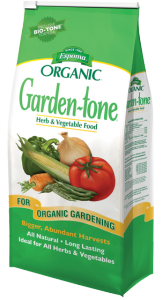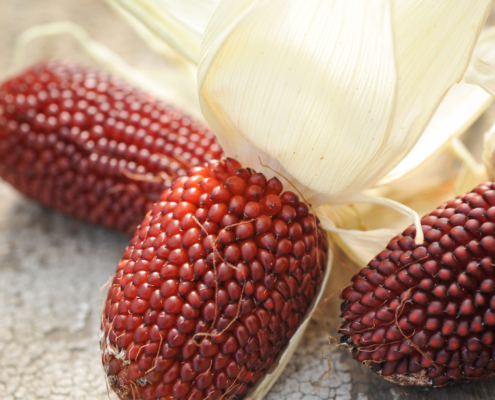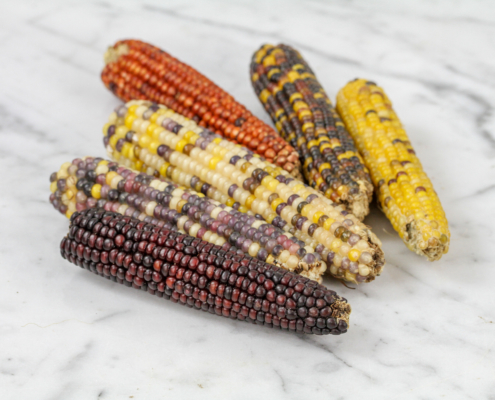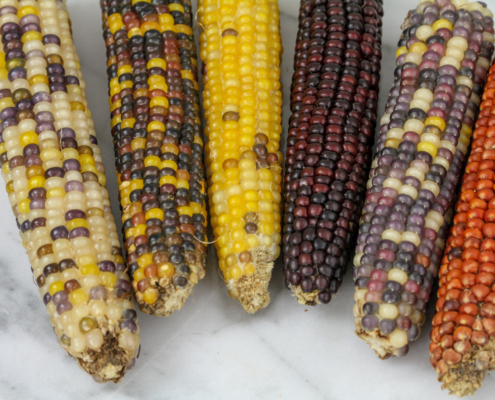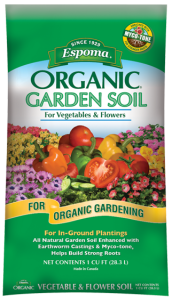Don’t Throw That Orchid Away, Get It to Rebloom
Talk about flower power! Orchids, especially Phalaenopsis or moth orchids, can bloom for months. Moth orchidsare easy to find, relatively inexpensive and one of the easiest orchids to grow. But, plant parents are asking themselves, how do I get them to rebloom? Paying attention to a few key factors will encourage them to bloom again and again.
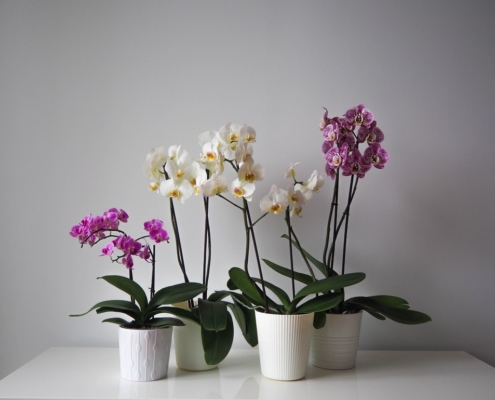
Light:
Inadequate light is the number one reason orchids don’t rebloom. It’s important to find the sweet spot between too much sunlight and not enough. Orchids like bright, indirect light. They don’t care for hot, direct sun – the leaves can actually get sunburnt. If the foliage on your orchid is a healthy looking, deep green, the plant is getting enough light. Light green or yellow foliage is an indication that the plant is not getting enough light.
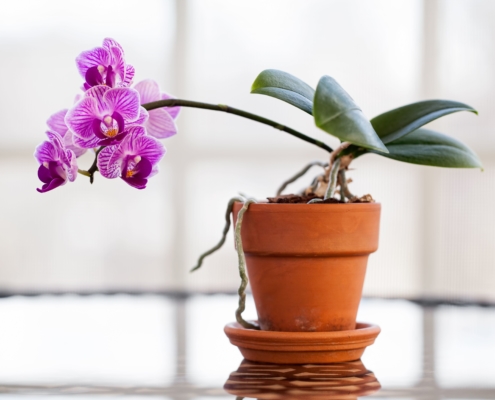
Temperature
Like many plants, orchids need a temperature differential to be encouraged to rebloom. In nature, that would be cool nights. A 10 degree Fahrenheit difference in daytime and nighttime is ideal. That can usually be accomplished when house temperatures go down at night. In addition to cooler evening temperatures, the shortening days of autumn can signal an orchid to form buds.
Water and Feeding:
As with light, orchids want just the right amount of water. They don’t like being dry or standing in water. Try watering them once a week with lukewarm water, making sure that all of the excess water has drained off. This is also the best time to feed your orchid. You can either feed them once a week or once a month. If you plan to feed them weekly, do it weakly. That means to use Espoma’s Orchid! organic liquid fertilizer at one-quarter strength. When feeding once a month you can use the full strength that is recommended on the package.
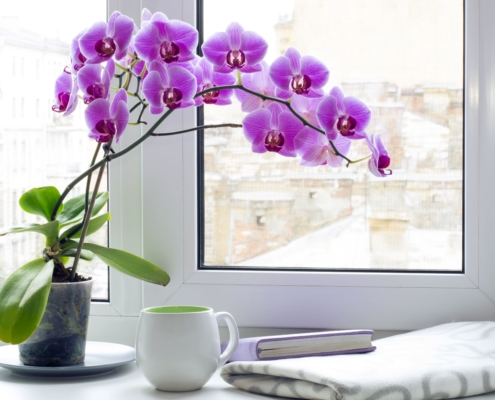
Repotting
Depending on your orchids’ health, you may consider repotting every one to two years. When repotting, only choose a pot with plenty of drainage that is 1-2” wider and plant in an appropriate medium such as Espoma’s Organic Orchid Mix. It’s made with bark and other ingredients to ensure good air circulation. Re-pot right after they have dropped their spent blooms because repotting can cause them to refrain from blooming for a while.
For more information on orchid care, watch this video from Garden Answer.
